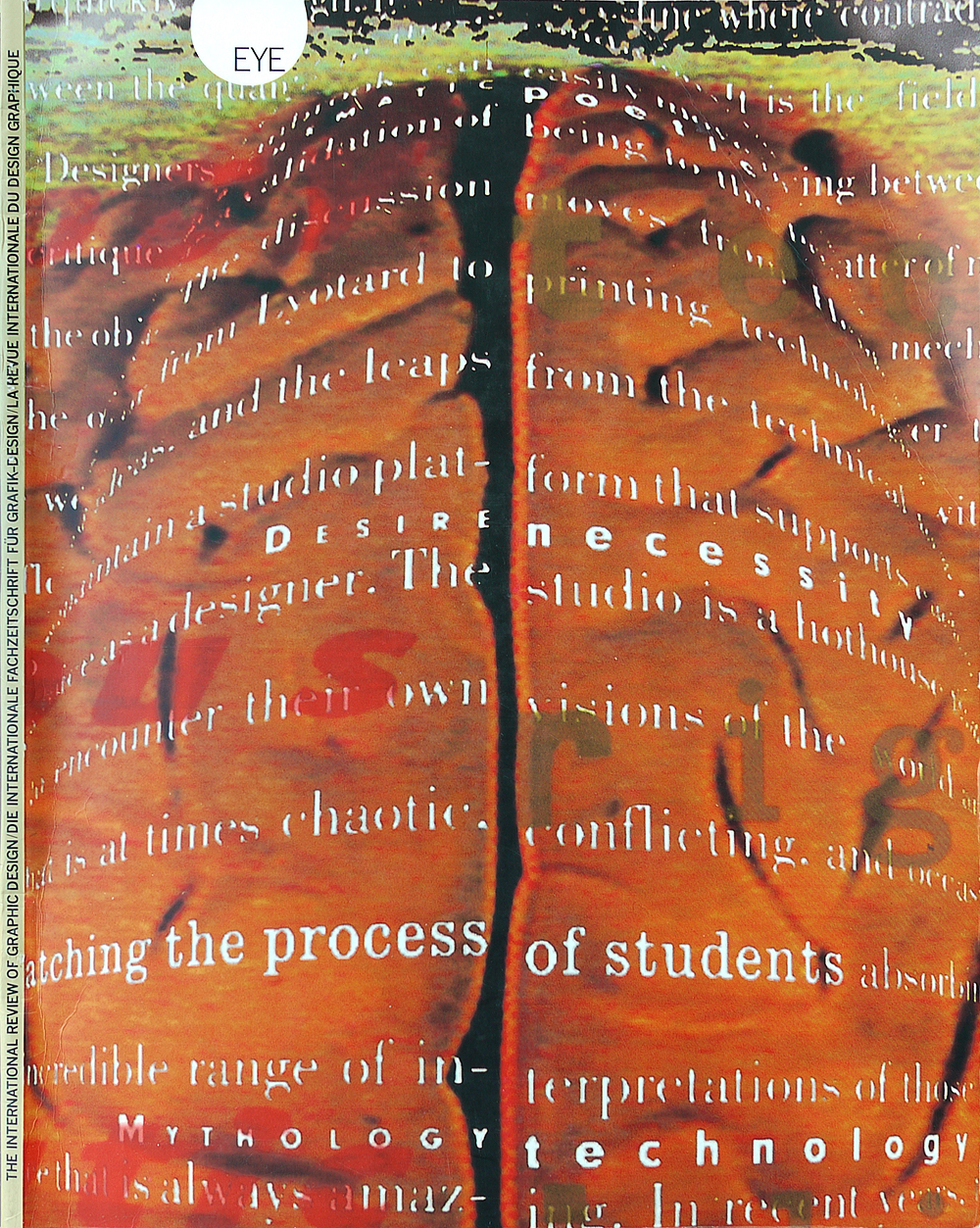Spring 1991
Themes and variations
Spirale: Eine Künstler-zeitschrift 1953-1963
Annemarie Bucher Verlag Lars Müller, FFr-320/SFr-78/DM96The magazine Spirale was published from Bern in nine numbers, including one double issue, between 1953 and 1964. It was an artists’ magazine: itself an art product, and only secondarily a discussion of art. This was not the art of hand-production and sales room aesthetics, but rather an art that took account of the facts of the modern world, especially mechanical reproducibility. As Annemarie Bucher remarks: “Spirale is almost forgotten now. Yet it does seem a good encapsulation of the spirit of its time and place: of that moment when Swiss konkrete Kunst was forming itself into the style of visually-aware modernity in the West.”
The story of the magazines is the familiar one: friends talking over café tables, pooling their own work and eliciting contributions from more distant admired figures, scraping together the production costs, struggling with printers, and casting the result into uncertain cultural waters. Marcel Wyss, Dieter Roth and Eugen Gomringer were joint editors for the first issues. No capital letters were employed, and at the start, the idea was to publish visual and verbal material in what was by then identifiable as the modern tradition: work by Hans Arp, Max Bill, Paul Celan, William Carlos Williams, for example. By the third issue (1954), this modernism had become refined to the specifically konkret tendency within abstract art. The still evidently hand-produced art of Arp or of Dieter Roth was then excluded, and Roth’s name disappeared from the magazine with issue no. 5. (He reappeared as a poet, and in his new guise of “Diter Rot”, in no. 8) There was also a change of format with no. 8: from large upright (50 x 35 cm) to large square (35 x 35 cm). Things had become seriously objective: the square was the non plus ultra of geometric rationality.
The essential principle of the konkret approach is the idea that the product is sufficient in itself, without even the trace of representation that lingers on in the first generation of abstract artists. The work is informed or determined by an organising structure, probably a mathematical one; this product then finds its place in the social world – in buildings, as public sculpture, perhaps as graphic design. It was through Eugen Gomringer’s influence that Spirale extended this principle to verbal material: the magazine was one of the earliest publishers of “concrete poetry”. Turning towards the impersonal-geometric, the magazine also began to publish a certain kind of photography which tended towards the abstract, but was still rooted in everyday phenomena (the German movement known, confusingly, as “subjective photography”).
Annemarie Bucher provides thorough documentation for the magazine. Although her text (in German only) still shows some of the “weightiness” of its origins as an academic thesis, it has been turned into a fully illustrated and immaculately printed book in the good Swiss tradition. Bucher describes the history and cultural context of Spirale, the “scene” in Bern, and the magazine’s important connections with the Hochschule für Gestaltung Ulm. There is also good archive material and an index of contributors. Moreover, there are some obvious virtues in examining a particular magazine as a focus for larger themes. In this case, the microcosm of this small print-run publication does suggest some macro truths, although Bucher doesn’t do much more than provide evidence to interpret.
For this reader, the main issue here concerns the nature of what was to become “Swiss graphic design”: a style that denied that it was a style. For its justification, it referred only to function, in a jargon laced with terms borrowed from information theory and cybernetics. A phenomenon such as Spirale (perhaps especially Spirale) shows that Swiss graphic design was firmly rooted in metaphysics, with some strange Utopian impulses for good measure. Like a good art historian, Bucher shows that the term “spirale” summons up a particular philosophical theory: the unification of linear and circular motion. “Form is no longer determined merely in one dimension; the spiral constitutes an open, freely extendible system, whose circular motion can be understood as a symbol for time and its linear dimension as a sign for space.” (is this time-spiral concept the reason why the book is written throughout in the ahistorical present tense?)
The spiral principle also provided the basis for the magazine’s covers – each one was a different variation on the theme – nice visual mathematics, but a rather unsettling vital principle. However, much more material remains to be examined, in areas outside the ambit of this book, and the reader will have to look elsewhere to discover how the spiral was ultimately straightened out into a pragmatic rule, and how the fresh figure of konkrete Kunst became the tired currency of graphic design in the 1960s.
First published in Eye no. 3 vol. 1, 1991
Eye is the world’s most beautiful and collectable graphic design journal, published for professional designers, students and anyone interested in critical, informed writing about graphic design and visual culture. It is available from all good design bookshops and online at the Eye shop, where you can buy subscriptions and single issues.

